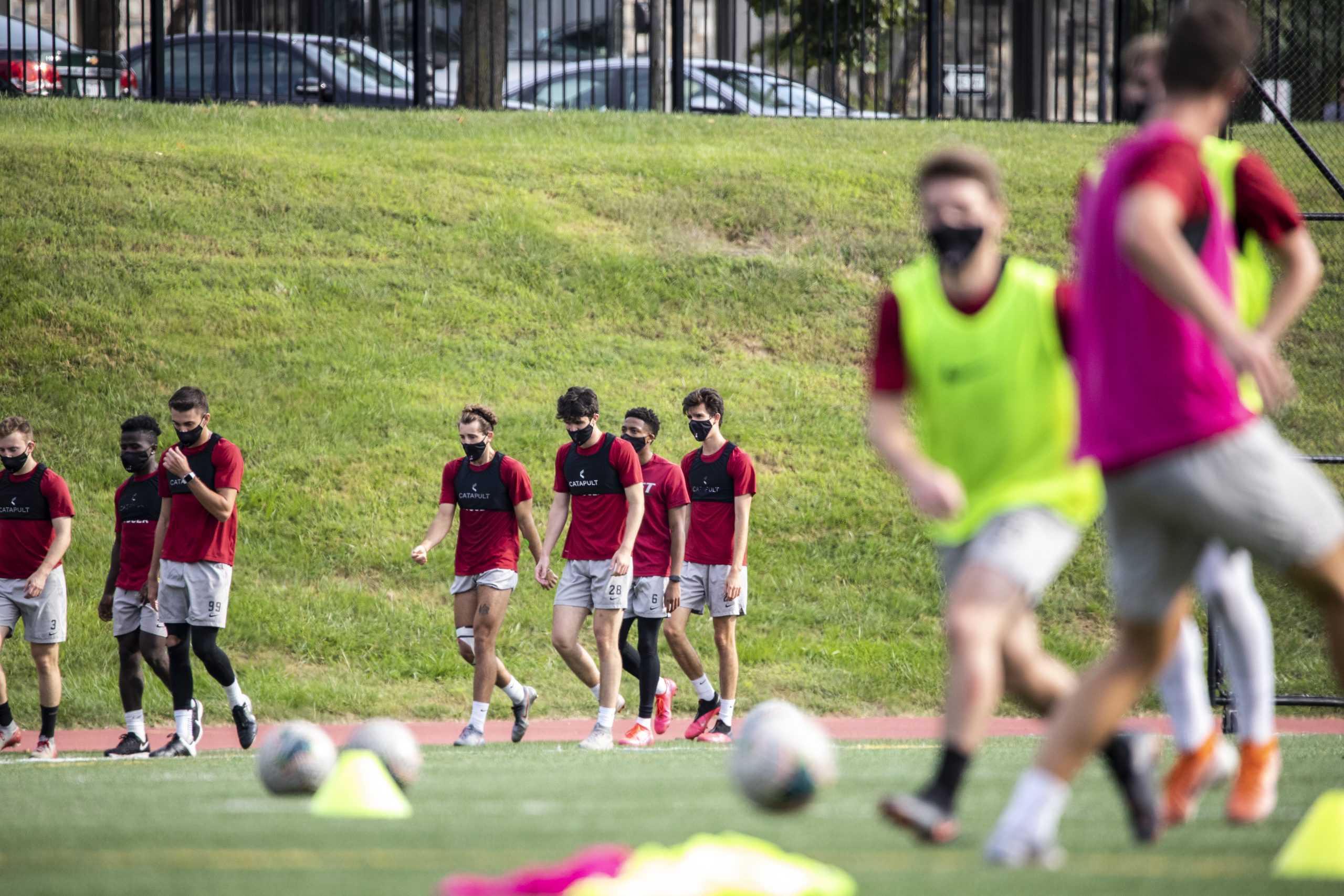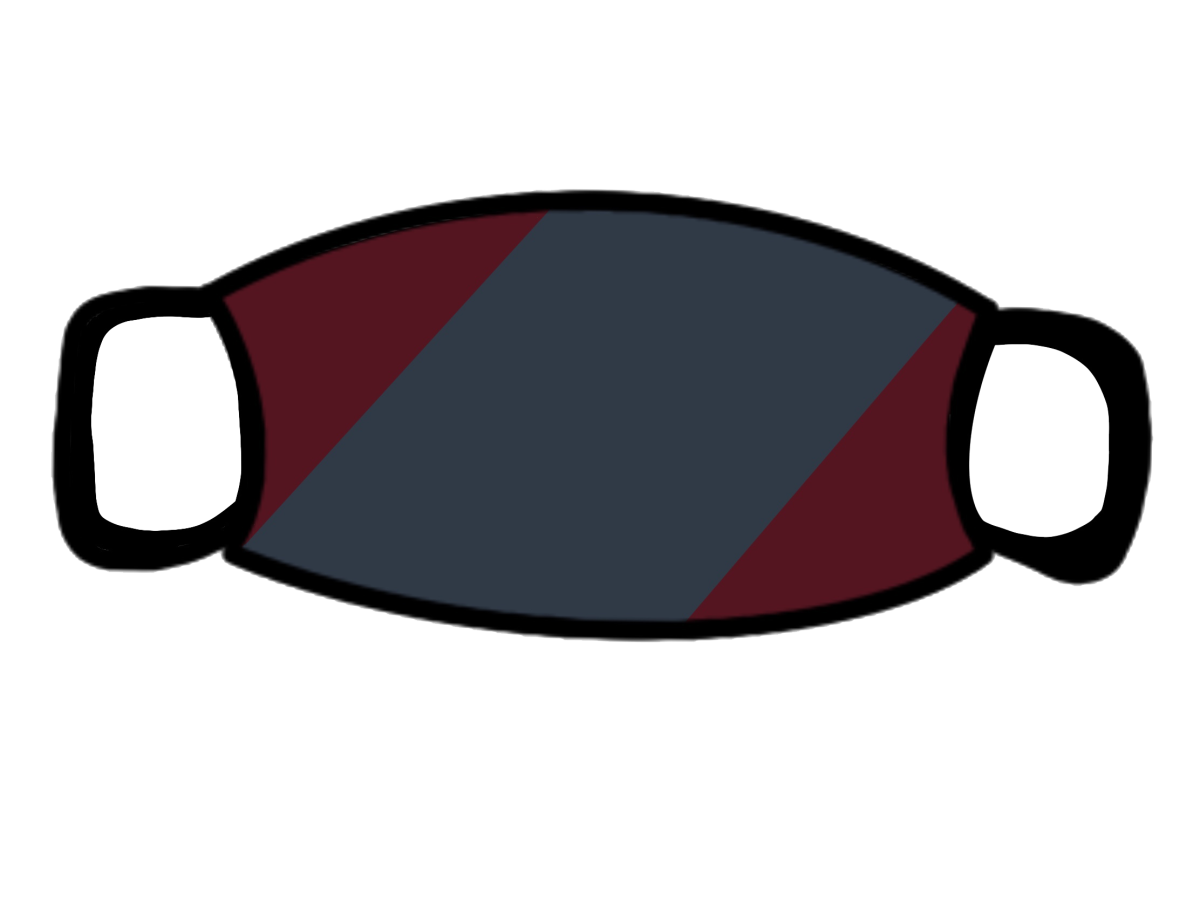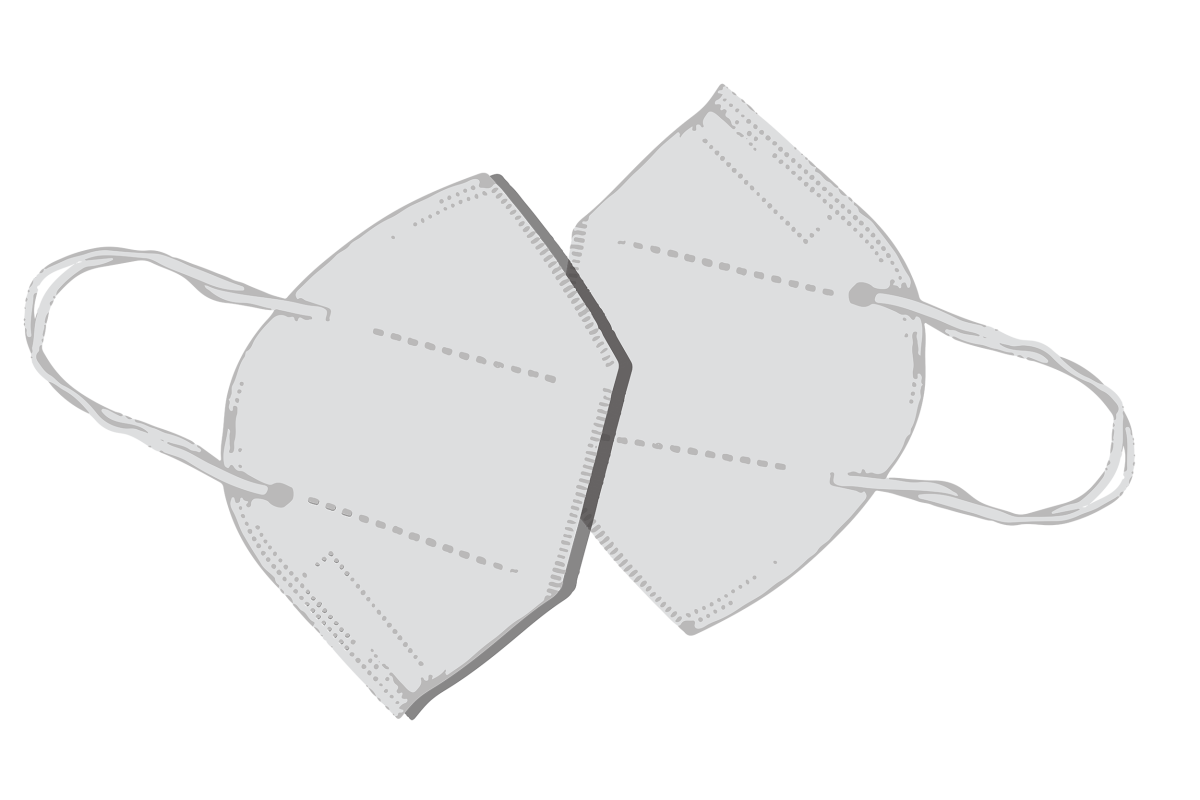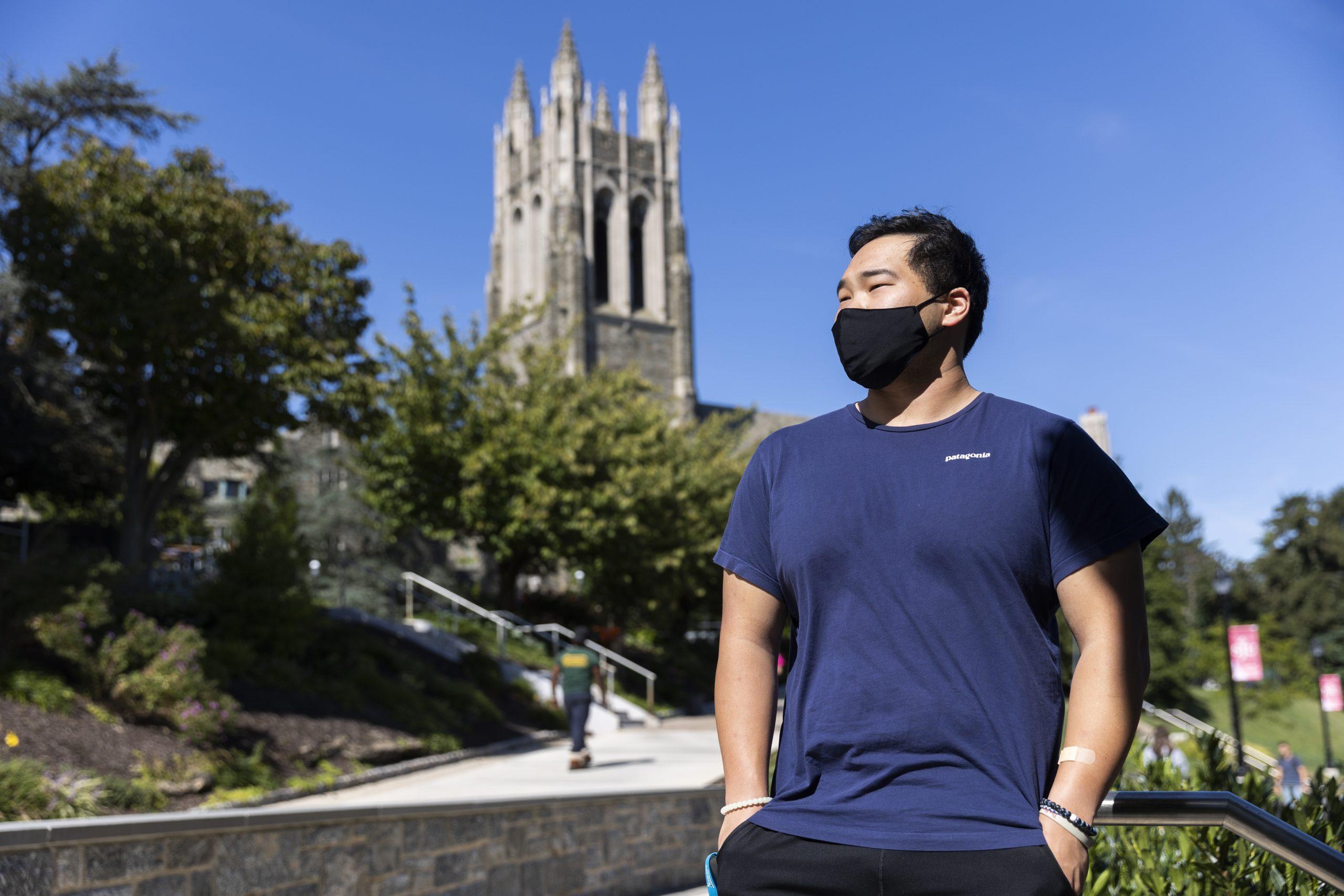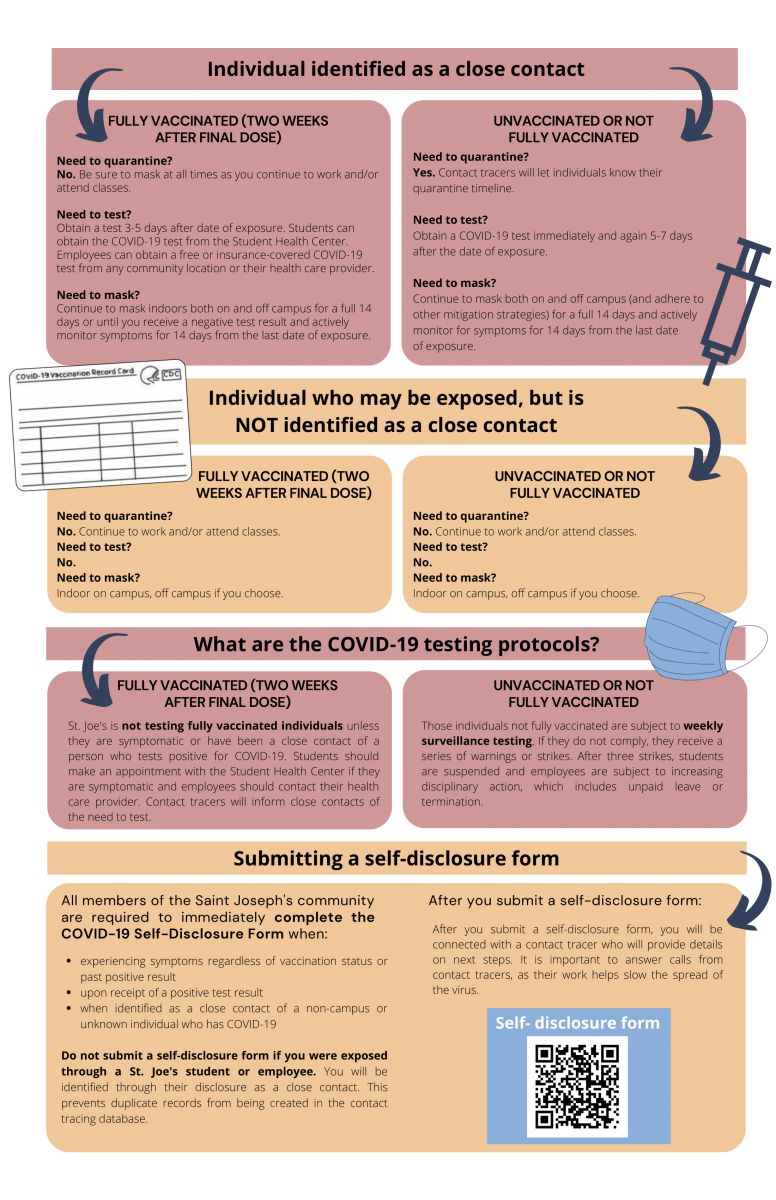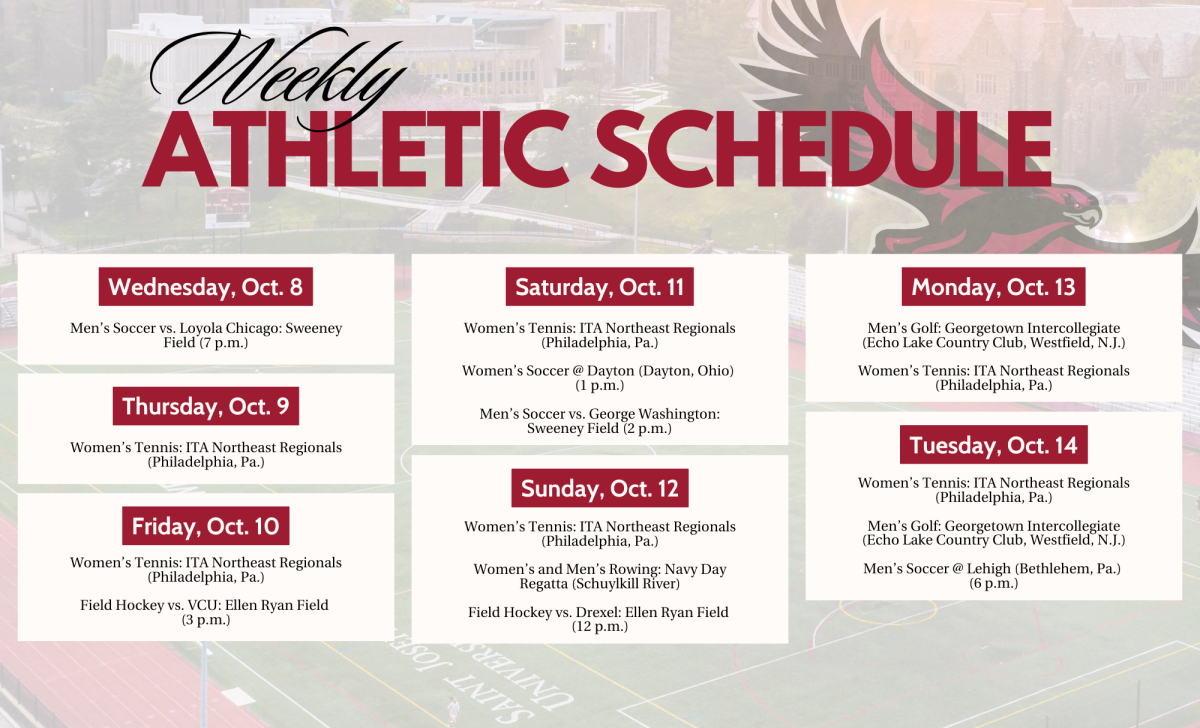When the coronavirus pandemic led to the cancelation of spring sports in March, the St. Joe’s men’s soccer team didn’t expect it would impact their fall 2020 season.
But after the Atlantic 10 (A-10) voted to postpone fall sports to spring 2021, the team returned to practice to prepare for an unexpected spring season.
Under the university’s COVID-19 Athletics Health and Safety Plan, soccer is listed as a “High Risk” contact sport, which emphasizes the importance of following the Center for Disease Control and Prevention’s (CDC) guidelines, according to senior midfielder and captain Aidan Watkins.
“It’s strictly enforced,” Watkins said. “Even after sprinting for a straight hour, if we try and touch our masks [to take them off] the coaches and trainers reiterate to keep the masks on. They’ve been doing a great job.”
From a coaching perspective, the team is taking the guidelines seriously. Head Coach Don D’Ambra said the team has a zero tolerance policy for violating CDC guidelines.
“We’re being pretty stern,” D’Ambra said. “The kids know how serious this situation is. If they don’t want to follow it, they don’t have to be a part of the program.”
D’Ambra said the St. Joe’s men’s soccer team is monitoring other universities’ guidelines and constantly updating their own guidelines to ensure the safety of their athletes.
“I like the protocol the school set in place,” D’Ambra said. “It’s very conservative, which makes the kids feel safer. You just have to look at how other schools handled it, we’re doing it differently and it’s working well. These kids understand the situation they’re in, they see what’s happening to other schools and they want to play.”
Sanitation and cleaning protocols are a crucial part of St. Joe’s plan to keep athletes safe. Every training and practice area inside and outside of the Michael J. Hagan Arena ’85 are cleaned regularly, according to junior goalie Kyle Allan.
“Even in the weight room, everything is wiped down and sanitized in between uses,” Allan said. “They’re looking out for us and it’s super safe.”
The team is divided into “pods,” where they practice with a small group of student-athletes to limit potential exposure to COVID-19. They’re scheduled at different times of the day for different stations, including weight training and field training, according to Watkins.
“Right now we’re broken into a few pods based on where we live.” Watkins said. “I practice with mostly seniors, the juniors practice with each other and the freshmen and sophomores work with each other. Our pods stay six feet apart, but right now, we’re able to practice with some contact.”
The team is restricted to just these pods, meaning they cannot practice or play a full game. Many of the upperclassmen have yet to meet their newest teammates.
“It’s a little limiting,” Allan said. “We can’t incorporate everything that we wanted to, especially with not being able to practice or work with the freshmen.”
Although the team has very limited contact outside of their pods, Watkins said they communicate through group chats and social media.
“Surprisingly we’re communicating even more than we thought,” Watkins said.
As of Sept. 16, the NCAA and A-10 approved a spring 2021 season for a few fall sports that were postponed, including men’s soccer. The season will start in early February and finish in late April, with a tournament and championship stretching into May.
“We’re taking this one step at a time,” D’Ambra said. “A spring season is very good for us. We just have to take this one step at a time.”
Watkins said the news of a spring sea-son excited student-athletes, who were uncertain if they would be able to play at all this year.
“We’re very hopeful,” Watkins said. “I don’t think me or anyone else on the team would have thought we’d be where we are now. We’re excited to play and compete again.”













































